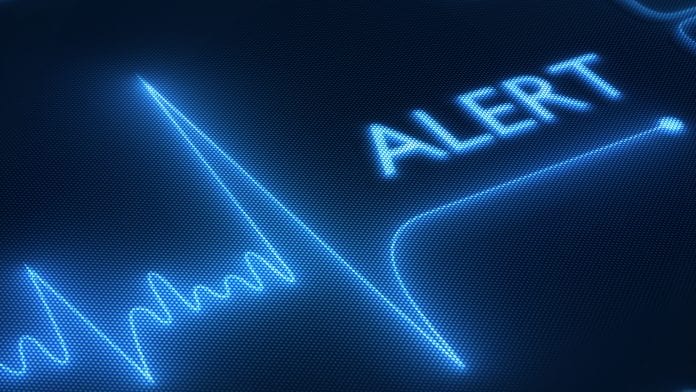
A scale has been launched that holds promise for monitoring those suffering with heart failure in their homes.
Heart failure affects 6.5 million Americans and is a slow-progressing disease, in which the heart works less and less effectively. Many people know it as congestive heart failure because a major symptom is fluid buildup, which can overwhelm the lungs, impeding breathing and possibly causing death.
Patients endure repeat hospitalisations to adjust medications when their condition dips, or “decompensates,” making heart failure a major driver of hospital admissions and healthcare costs. Home monitoring reduces hospitalisations but currently requires an invasive procedure.
This new solution would potentially dispense with the procedure, cost much less, and be much simpler to use – lowering patients’ resistance to home monitoring.
Given its early stage, the study’s BCG-EKG scale performed well in hospital tests but also in in-home tests, which was promising, since the solution principally targets eventual home use.
The research team, which included collaborators from the University of California, San Francisco, and Northwestern University, published their results in the journal IEEE Transactions on Biomedical Engineering. The research was funded by the National Heart, Lung and Blood Institute at the National Institutes of Health.
Ballisto scribble
The EKG part of the experimental scale is not new nor its great diagnostic information, but it alone does not say enough about heart failure. The BCG part is mostly new, and it appears valuable to heart failure monitoring but also challenging to record and interpret.
Omer Inan, the study’s principal investigator and an associate professor in Georgia Tech’s School of Electrical and Computer Engineering, said: “The ECG (EKG) has characteristic waves that clinicians have understood for 100 years, and now, computers read it a lot of the time.
“Elements of the BCG signal aren’t really known well yet, and they haven’t been measured in patients with heart failure very much at all.”
The EKG is electrical; the body conducts its signals well, and the recordings are clear.
The BCG is a mechanical signal; body fat dampens it, and it faces a lot of interference in the body like tissue variations and muscle movement. BCGs are also noisier in people with cardiovascular disease.
Patients with heart failure tend to be feebler, and initially, the researchers worried they would wobble on scales during home tests, adding even more noise to the BCGs. But the recordings were very productive.
Inconsistent throbbing
The researchers processed BCGs with three machine learning algorithms, revealing patterns that differ when a patient’s heart failure is compensated, that is, healthier, from when it is decompensated.
Inan said: “In someone with decompensated heart failure, the cardiovascular system can no longer compensate for the reduced heart function, and then the flow of blood through the arteries is more disorderly, and we see it in the mechanical signal of the BCG. That difference does not show up in the ECG because it’s an electrical signal.
“The most important characteristic was the degree to which the BCG is variable, which would mean inconsistent blood flow. If you chop up the recording into 20-second intervals and the individual segments differ from each other a lot, that’s a good marker of decompensation.”









